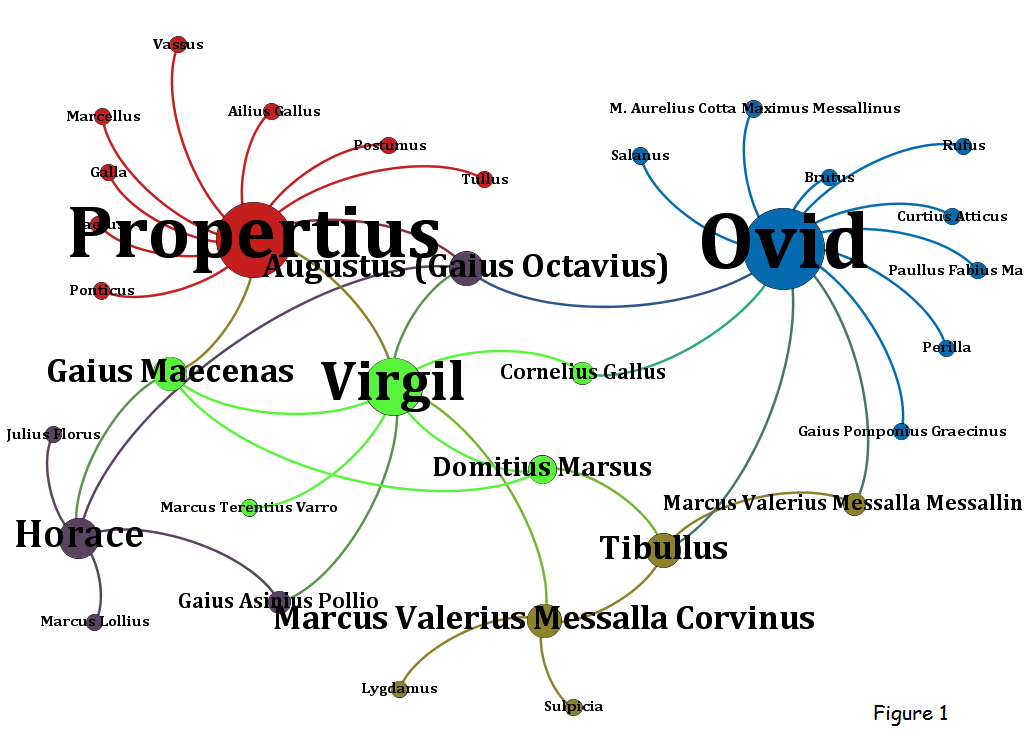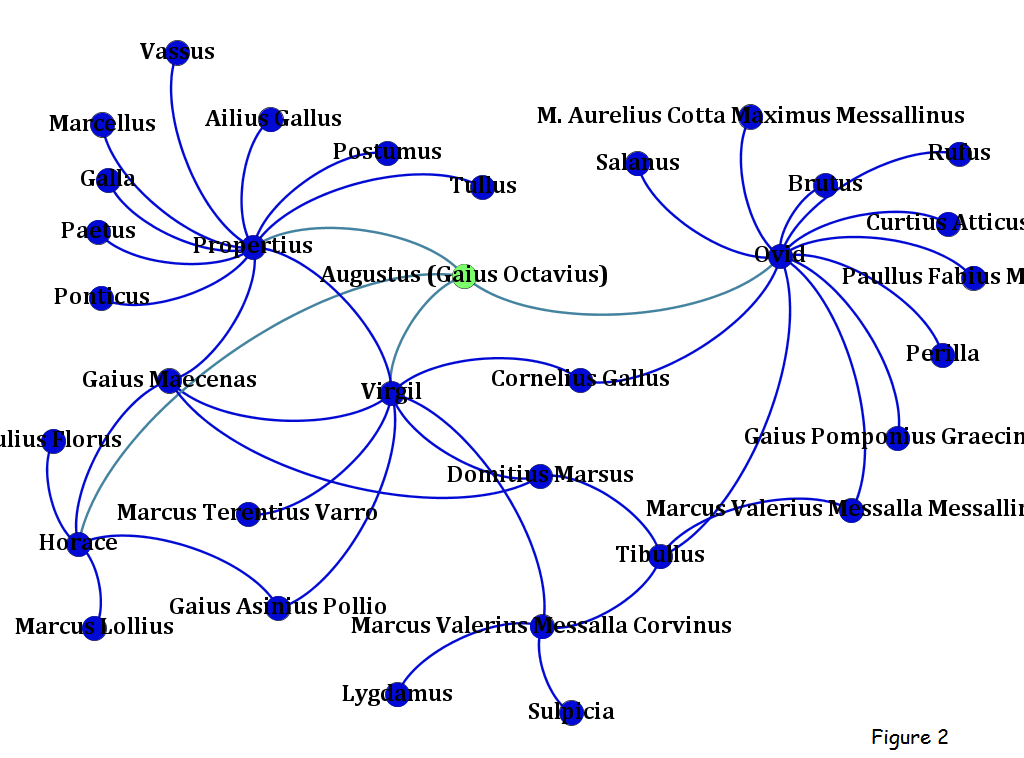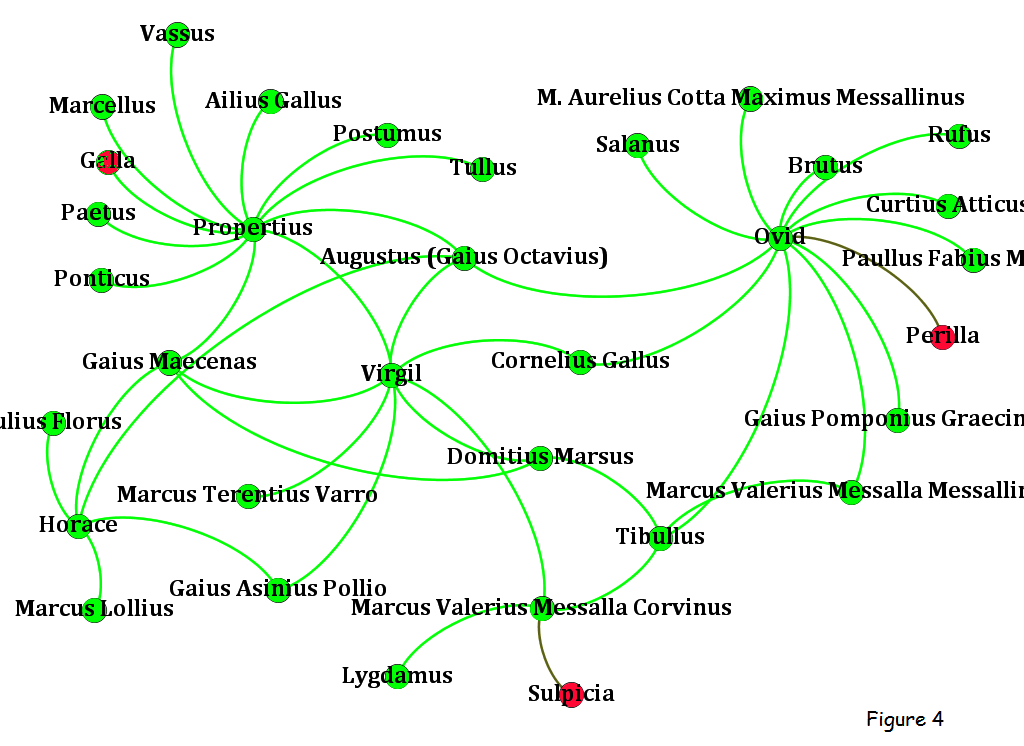written by Artemis Archontogeorgi, postdoctoral researcher, Democritus University of Thrace
The pandemic underscored the need for the use of technology by reforming a new virtual reality in education as well as in academic studies. Aware of this need, and having been a classicist for over twenty years, I decided to dive into the uncharted and, to me, in some ways mysterious waters of digital humanities. Although I wanted to improve my skills and bring new techniques and methods to both my teaching and my academic research, my IT colleagues discouraged me by claiming that this would be a very difficult task. Nonetheless, with great hesitation I joined the open course “Introduction to Digital Humanities” organized by the Institute of Advanced Studies and Technology at Star UBB under the guidance of Dr. Rada Varga in March 2021. The course, which was held online and lasted about a month, covered almost everything a novice like me should learn about digital humanities and exceeded my expectations. Dr. Rada Varga guided us with inspiration and patience through the six modules of the course, which included data structuring, database building, text encoding, data visualization, geographical annotation and georeferencing, and social network analysis. At the end of the course, we had to present a project applying what we had learned.
Since I was not working on anything related to the content of the course at the time, I was anxious about what my final project could be. While searching for ideas, I came across Tom Standage’s article Share it like Cicero: How Roman Authors Used Social Networking. The article explained how Roman authors used their social network to promote their books, in a time when there were no printing presses and official publishers. Roman authors had to rely on word-of-mouth recommendations and social distribution of their works through their networks of friends and acquaintances. Therefore, it was very important for the promotion of the book to choose the right person to whom the book was dedicated. It had to be someone who was famous, influential and had a large library, but also vain enough to mention the book to his friends, scholars and philosophers.
Following the very interesting remarks of Tom Standage, I decided to present a social network analysis project that depicts the poets of the Augustan era and the people they either dedicated their books to or mentioned in their books. For my visualization, I used Gephi, an open source network analysis and visualization software, to create a directed graph with weight ranges from 1 to 5 according to the status of the target person. I added attributes indicating gender or relatedness when mentioning poetry, patronage, authority, friendship, and kinship.

As we can see in Figure 1 above, a network of five communities forms around Virgil, Horace, Ovid, Propertius, and Tibullus, who are the most important poets of the Augustan period. The graph gives an overview of the Augustan poetic community which includes lesser poets such as Domitius Marsus, as well as Lygdamus and Sulpicia, whose works are included in Tibullus’ third book of elegies. It also highlights the relationships between them. For example, Domitius Marsus mentions both Virgil and Tibullus in homage to their deaths, while Virgil and Ovid refer to Cornellius Gallus, a poet of high repute who is thought to be the inventor of the Roman love elegy. A very interesting case is Julius Florus an addressee of Horace, and a poet about whom we know very little, but who seems to belong to the circle of the Emperor Tiberius. Propertius also mentions two poets, Vassus and Ponticus, who belong to the circle of Gaius Maecenas. These brief observations reveal a community that respects its predecessors and acknowledges their influence, but is also very interested in political power.

The reference to persons of political power is very clear in Figures 2 and 3, where the Emperor Gaius Octavius Augustus is mentioned by Horace, Virgil, Propertius, and Ovid, together with the two patrons of literature, Gaius Maecenas and Marcus Valerius Messalla Corvinus. The favor of the emperor and the patronage of a wealthy and respected Roman citizen was very important in promoting a poetic career. For this reason all the poets dedicated a portion of their works to one of the two patrons, with the exception of Virgil, who mentions both Gaius Maecenas and Marcus Valerius Messalla Corvinus, though he seems to belong to the literary circle of Maecenas. It is also noteworthy that Ovid is not directly associated with either patron, but only with Emperor Augustus. Perhaps Ovid does not feel obliged to pay tribute to Marcus Valerius Messalla Corvinus, although the poet is under his patronage, but only to the emperor himself.

It is no coincidence that all the poets address male citizens and only three women are mentioned (Figure 4). Besides Sulpicia, a poetess and also Marcus Valerius Messalla Corvinus’ niece, Ovid gives literary advice to Perilla, a young poetess, while Propertius addresses Galla, who is probably his relative. In Rome’s patriarchal society, women have less authority than men and therefore play a secondary role in promoting literature or a young poet’s career. Although the female presence in Augustan poetry occupies a large proportion, most of the women mentioned are fictional characters or they are referred to by pseudonyms to protect their reputation.

The graph in Figure 5 shows the number of dedications and references for each poet, with Ovid and Propertius at the top. It is remarkable that most of Ovid’s references belong to his poetry from exile, emphasizing the poet’s desperate efforts to seek help to return to Rome. Thus he addresses the publisher Brutus, the powerful Paullus Fabius Maximus, who is a confidant of the Emperor Augustus, and the two sons of Messala, Marcus Valerius Messalla Messallinus and Aurelius Cotta Maximus Messallinus. He also invokes Cassius Salanus, the tutor of Germanicus Julius Caesar. Ovid hopes that through these very influential men his poetry will still be famous and popular in Rome even when he is not there. On the other hand, Propertius’ references to his friends, such as Tullus, show the importance of friendship in the poet’s life as well as in his poetry. Finally, in the obituaries of Paetus and Marcellus, Propertius uses a motif from Hellenistic poetry, namely the separation from a close relative.

This project was not intended to be an in-depth research on the social network of Augustan poets, but rather a novice’s exercise in social network analysis. Nonetheless, even simple ideas or things we think we know, when visualized, can be seen from a different angle, serve an educational function, and provide inspiration for further study. And certainly, this little project proves that it’s not that hard to teach an old dog new manners!

